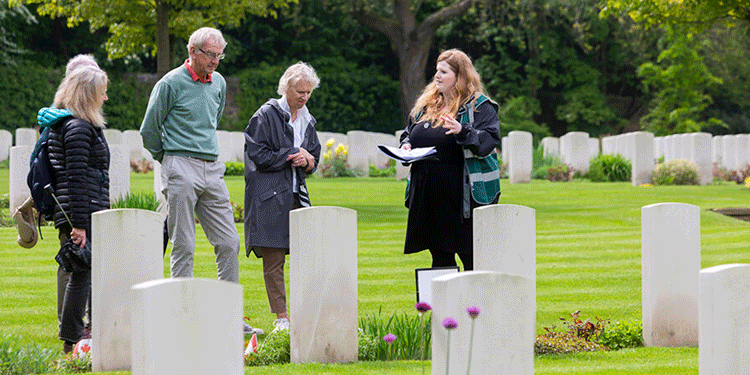
William Alfred Henry Fitzroy was born at Rutland Gate, in Westminster, London, on 24 July, 1884, the third known child of Alfred William Maitland Fitzroy, 8th Duke of Grafton, and Margaret Rose Fitzroy (formerly Smyth), Countess of Euston.
He was baptised on 4 November, 1884, at All Saints Church, in Knightsbridge, London. He had two full-blood sisters: Lilian Rose (1876); and Mary Margaret (1877).
After their mother died their father re-married, to Susanna Mary McTaggart Stewart, Baroness Borthwick, by whom there were two half-sisters: Elfrida May Susan (1919); and Ceclia Blanche Genevieve (1922). By 1891 the family was living at Whittlebury Lodge, in Whittlebury, Northamptonshire, which was still the family home in 1911.
By 1901 William Alfred Henry Fitzroy was a student at Harrow School, in Middlesex, and later attended Trinity College in Cambridge. He was interested in agriculture and attended a technical college in the eastern counties.
William Alfred Henry Fitzroy became a surveyor and married on 27 September, 1913, to Auriol Margaretta Brougham, at All Saints Church, in Marylebone, London.
They became respectively the Viscount and Viscountess Ipswich. They were to have three children: John Charles (1914), later to become 9th Duke of Grafton; Margaret Jane (1916); and Mary Rose (1918).
They later lived at Potterspury House, in Stoney Stratford, Buckinghamshire.

Keen to do his bit, William Alfred Henry Fitzroy initially enlisted in the ranks, joining the 5th (Weald of Kent) Battalion, The Buffs (East Kent Regiment) (Territorial Force), as a private no. 1560.
However, due to his status he was quickly commissioned into the Special Reserve, being gazetted on 12 September, 1914, in the Coldstream Guards as 2nd Lieutenant, Viscount W. H. A. Ipswich, which was how he was known during his service.
His seniority back-dated to 15 August, 1914, and on 23 November, 1914, having held temporary rank, he was confirmed in the rank.

Viscount Ipswich disembarked in France on 11 November, 1914, to join one of the battalions of the Coldstream Guards.
In May, 1915, he was wounded, and his ear drum pierced by a bursting shell.
On 23 July, 1915, he was admitted to hospital suffering from neuresthesia (shell shock), not being discharged until 21 August, 1915.

On 1 August, 1915, he was promoted to lieutenant, and on 5 November, 1917, he was posted to Reading for a flying course with the Royal Flying Corps (RFC).
On 22 November, 1917, he was passed fit as an observer, and on 15 December he was posted to another school. On 1 February, 1918, he assessed as fit as an artillery pilot. On 20 April, 1918, he was posted to No. 17 Training Squadron, Royal Air Force (RAF), which was based at Croydon. He was gazetted to be an honorary lieutenant in the RAF.
He was stated to have special qualifications in surveying petrol motors, and since joining the RFC he had attended an observers' course at Winchester, and flown DH6 and BE2c aircraft. On Tuesday, 23 April, 1918, he was flying an aeroplane at Calne, near Yatesbury aerodrome, in Wiltshire.
He was seen gliding down as if intending to land, but the machine suddenly stalled, and appeared to lose flying power, with the result that it crashed to earth.
Viscount Ipswich suffered a fractured skull and was killed instantly.
A verdict of accidental death was returned. He was aged 33 and his body was returned to Euston, in Suffolk, for burial in the family plot.
William Henry Alfred Fitzroy, Viscount Ipswich, lies buried in St. Genevieve's churchyard in Suffolk, in the family plot, his grave marked by a private memorial.
He is also commemorated on no less than seven war memorials: the Euston war memorial, in Suffolk; the Euston roll of honour, in St. Genevieve's Church, at Euston; the war memorial in Church of SS Gregory and Martin, in Wye, Kent; Wye College war memorial, Kent; Harrow Boarding School (Druries Boarding House), in London; St. Nicholas Church war memorial, at Potterspury, in Northamptonshire; and also the St. Nicholas Church war memorial window, in Potterspury.







